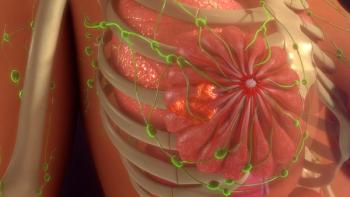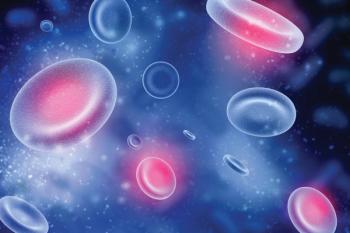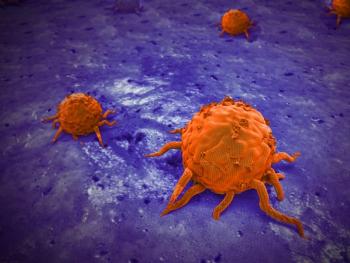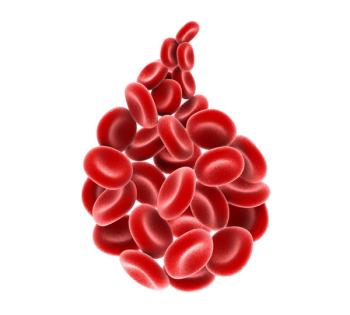
Miami Breast Cancer Conference® Abstracts Supplement
- 42nd Annual Miami Breast Cancer Conference® - Abstracts
- Volume 39
- Issue 4
100 Non-Pharmacological Interventions for Managing Abemaciclib-Associated Adverse Events in Patients With Early/Advanced HR+/HER2– Breast Cancer: A US-Based Health Care Provider Survey
Background
Diarrhea, nausea, fatigue, and abdominal pain are the most common patient-felt abemaciclib-associated adverse effects (AEs). This study describes the use and perceived effectiveness of nonpharmacological interventions (NPI) by health care providers (HCPs) in abemaciclib-associated AEs in early or advanced hormone receptor–positive/HER2-negative (HR+/HER2–) breast cancer.
Materials and Methods
A cross-sectional survey was conducted between July and October 2023 among US-based health care providers (HCPs; advanced practice providers [APP], oncologists, and pharmacists), with 12 months or more of experience in breast cancer care and supporting abemaciclib treatment. Eligible HCPs completed a 1-time online survey, designed based on literature and insights from exploratory qualitative work, which included interviews of 9 HCPs (3 from each specialty of HCPs). HCPs selected and ranked (based on perceived effectiveness) recommendations for NPI. Data were collected via online structured questionnaires with closed-ended questions and analyzed descriptively.
Results
Overall, 46% (282/608 eligible) HCPs (APP: 91, oncologists:91, pharmacists:100) completed the survey; 85% HCPs had 5 years or more of experience treating breast cancer; less than 90% recommended NPI for managing abemaciclib-associated AEs. Diarrhea: “Assessment of fluid-intake/hydration status” was the most recommended NPI (65.6% HCPs) and perceived effective (49.6% HCPs), followed by “emphasis on the importance of hydration” (63.5%; 47.9%). Nausea: “Taking medication with food” topped recommendations (63.5%) and was perceived as most effective (55.3%). Fatigue: “moderate exercise (walking/biking/swimming)” was most recommended (57.8%) and effective (51.4%); ‘creating rest-time in the day’ (57.4%; 49.3%) closely following. Abdominal pain: “Keeping side effect (SE) diary to track SEs frequency and severity for follow-ups” (44.3%) was most recommended and effective (32.6%), alongside “taking medication with food” (40.4%; 33.3%) and “Recommend patient monitor diet to assess SE’s cause” (40.8%; 32.6%). Compared with oncologists, a greater portion of APP and pharmacists considered NPI to be effective.
Conclusion
NPIs are commonly utilized by APP, oncologists, and pharmacists for management of abemaciclib-associated diarrhea, nausea, fatigue, and abdominal pain. HCPs recommend NPIs they perceive as effective and that are unique for each patient-felt symptom. These data describe common approaches that can be used in addition to pharmacological interventions to manage AEs effectively and to optimize therapy.
Articles in this issue
Newsletter
Stay up to date on recent advances in the multidisciplinary approach to cancer.




















































































